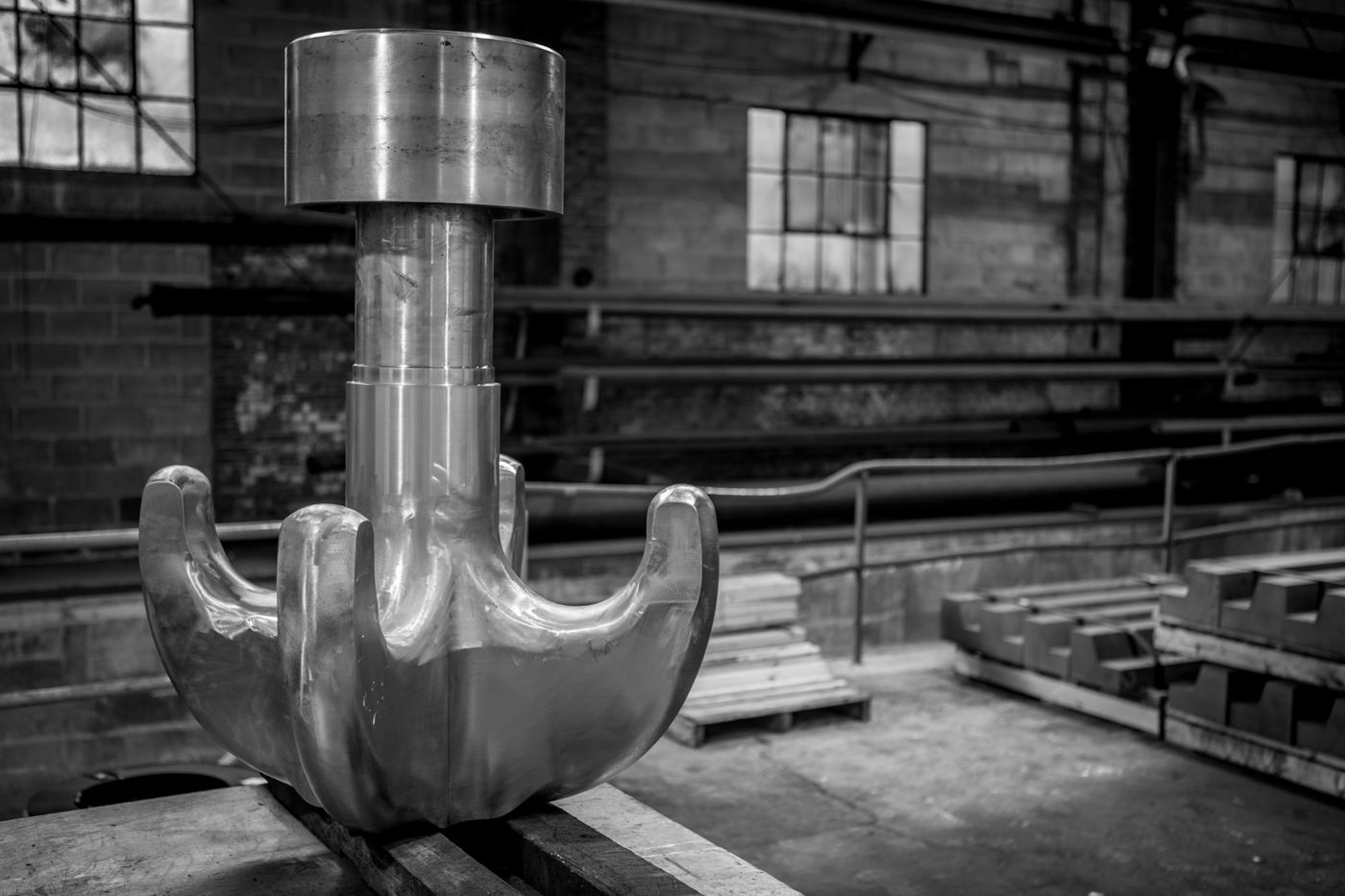Crane Hook Safety
At CanForge, we take safety seriously. In our commitment to building superior quality forgings, we ensure our products meet industry safety standards. 
One example of this commitment is found in the production of our crane hooks, which are used for a wide range of projects from infrastructure to aerospace applications. As an industry leader in forged and bent hooks and lifting equipment, manufacture crane hooks that meet requirements for safe working loads under all normal conditions. And we ensure these requirements are met through our rigorous testing that includes ultrasonic inspection, magnetic particle tests and destructive testing.
Our focus on safety doesn’t stop here. When operating equipment with crane hooks, it’s important for the machinery and the working environment to follow safety procedures that minimize the risk of accidents and injury. Let’s review some key safety practices when hoisting, rigging and using safety latches.
Hoisting
Hoisting materials with crane hooks requires both the skill and knowledge to ensure safe operation. Key to this is knowing the capacity, or working load limit, of all the hoisting materials being used in conjunction with the crane hook to lift materials. This includes the slings and ropes used to lift the loads.
Before hoisting a load, check to make sure the work site is clear of people and obstacles. Identify any potential hazards in the work environment such as power lines. The area should remain clear while the loads are being transferred, and have been safely lowered and removed from the slings. This is because there is a risk that a sling may become snagged underneath the load and loosen, creating an unsecured load.
Rigging
Similarly, crane hook safety also depends on having accurate information about the weight of the loads being lifted. Operators must have reliable knowledge of load weights to ensure stability when lifting the materials. This information also helps to ensure that slings and rigging hardware such as clips and eyebolts are used according to their intended specifications. Rigging materials are less likely to be damaged because of overweight loads.
All slings and rigging hardware should be inspected before operation to determine if they are in good working condition. Slings should not show signs of wear and tear that could compromise safety when lifting and transporting loads. Hardware should be free from rust and corrosion, which could have adverse effects on its integrity and strength. Any materials in poor condition should be removed from the worksite and repaired or replaced.
Slings and rigging hardware should be properly stored to keep them in good condition. Avoid leaving any equipment on the ground for extended periods as they could become damp.
Safety Latches
Safety latches are often used as an additional safety measure when hoisting and rigging loads. Depending on the application, these latches may help ensure a sling is properly secured to the load and prevent the load from sliding when the sling is slack.
General Crane Hook Safety Tips
Here are some additional things to consider for safely rigging and hoisting loads:
- Make sure operators and workers have consistent communication. This includes using proper signals that should be used when lifting and unloading materials.
- Be aware of how weather conditions might impact the ability to operate machinery and transfer loads. Strong winds and heavy rain can make lifting loads unsafe.
- Outdoor temperatures may also affect lifting loads. In colder temperatures, loads may become frozen to the ground. Rigging hardware and hoisting equipment can become brittle in extreme cold temperatures.
As an industry leader, CanForge produces bent crane hooks with capabilities that few other North American manufacturers can match. Contact us to learn more about how we can meet your unique specifications needs.
